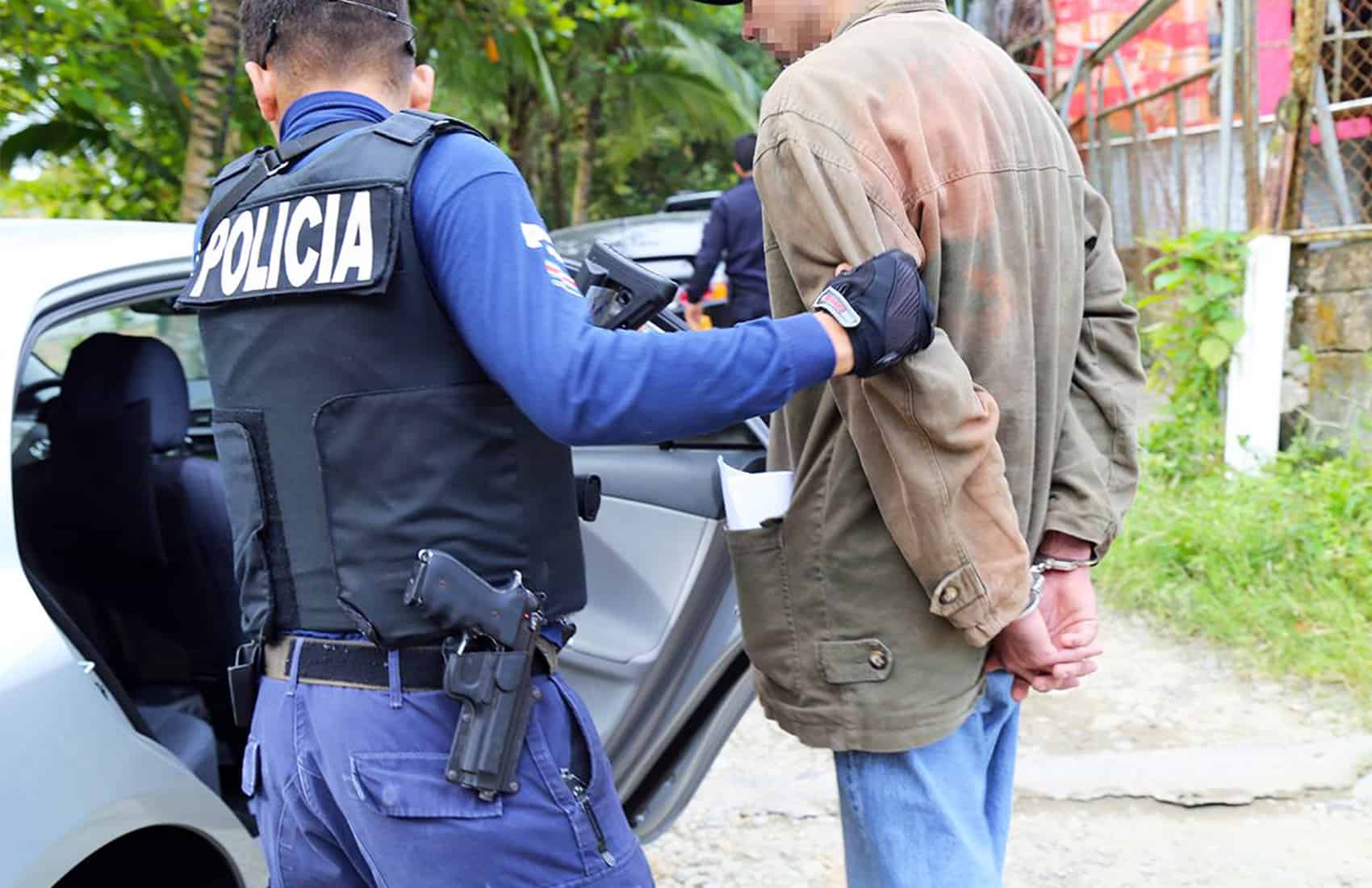The National Institute of Statistics and Census (INEC), the Ministry of Finance, the Costa Rican Social Security Fund (CCSS), and the State of the Nation agree that social gaps are widening in the country and violence is on the rise.
Costa Rica is abandoning its ideals of human development, evidenced by the increase in violence rates and confirmed by the homicide figures linked to drug trafficking that feeds on young people from homes with significant shortages, according to the State of the Nation report.
Additionally, various institutions point out that Costa Rica is one of the Latin American countries where inequality in income distribution has been growing for the last 20 years. This, combined with cuts in social investment, prevents improvements in the quality of education, access to scholarships, transportation, and care spaces for children in poverty.
Laura Fernández, director of the Children and Adolescents Area of the Ombudsman’s Office, warned that 38% of Costa Rican children live in very unfavorable contexts, with the percentage increasing in coastal and border areas. Children living in poverty and extreme poverty, who are 4 out of 10, are vulnerable to dropping out of school. She explained that once out of the educational system, they are easy prey for organized crime groups.
“They are growing up in an environment of severe deprivation, which leads to adolescents dropping out of school, disconnecting from the labor market, and ultimately resorting to the criminal economy as their only means of survival,” added Oscar Valverde, PANIAMOR’s executive director.
Specialists agree that the situation will not be reversed until social investment is increased and these resources improve the quality of life for people living in poverty. “The death toll is actually the most grotesque expression of a situation of exclusion, social inequality, and poverty that has been forged over time,” said Oscar Valverde.
All these factors contribute to creating a breeding ground for criminal organizations to recruit these young people and increase the cycle of violence. The lack of access to quality education and employment opportunities leaves these adolescents in a very vulnerable situation.







